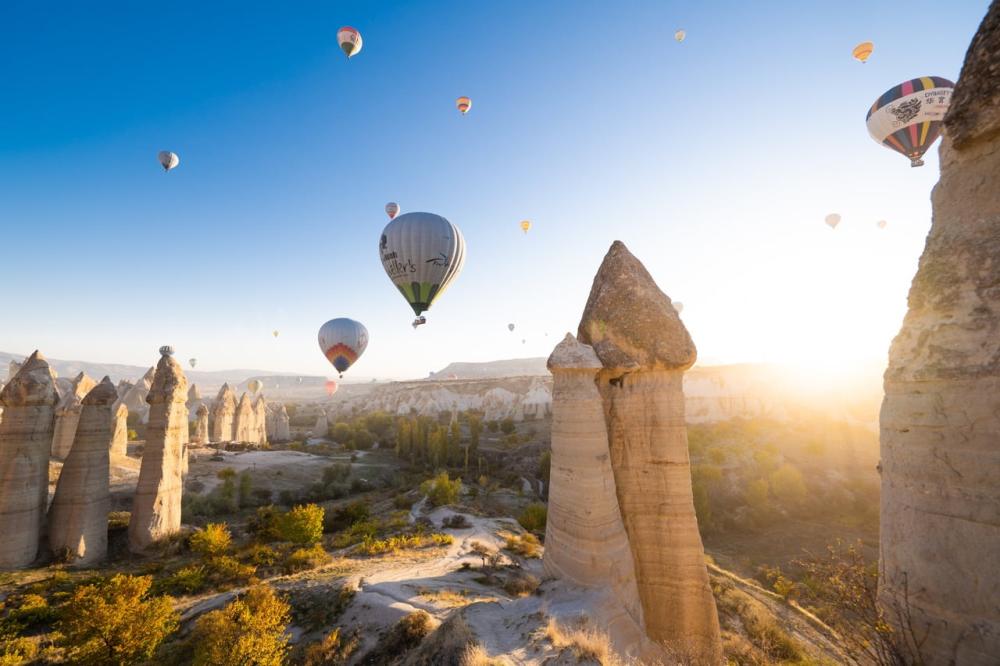

The region of Cappadocia in Turkey is a stunning landscape that has captivated travelers for centuries with its otherworldly formations, rich history, and unique cultural heritage. Among its many wonders is the Love Valley, a natural marvel famous for its tall, phallic-shaped rock formations known as fairy chimneys or hoodoos.
The history of tourism in Cappadocia dates back to the late 19th and early 20th centuries when explorers and historians were drawn to its rock-cut dwellings and churches, painted with elaborate frescoes. However, it wasn't until the 1950s and 1960s that Cappadocia began to gain popularity among wider audiences, thanks in part to the writings of travelers and exposure in various media.
With the declaration of Göreme National Park and the Rock Sites of Cappadocia as a UNESCO World Heritage site in 1985, the region saw a significant increase in international attention. This recognized the area's outstanding natural and cultural value, leading to substantial growth in the tourism sector.
Love Valley, with its suggestive geological formations, is one of the many valleys in Cappadocia that attracts tourists from around the world. It is often visited for hiking, photography, and hot air balloon tours, which provide a breathtaking aerial view of the surreal landscape at sunrise.
In recent years, Cappadocia has seen a shift toward sustainable and experience-based tourism. Travelers are increasingly seeking authentic experiences that allow them to connect with the local culture and environment:
As tourism continues to evolve, Cappadocia, and specifically Love Valley, remain must-visit destinations that offer a blend of adventure, history, and natural beauty, captivating the hearts of travelers year after year.